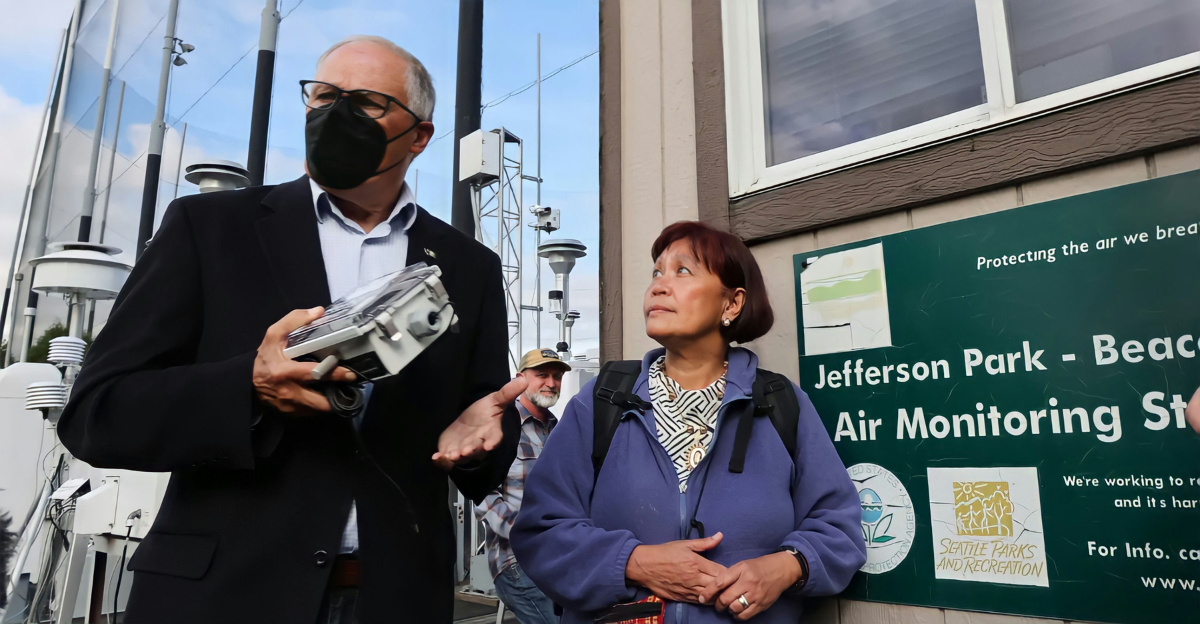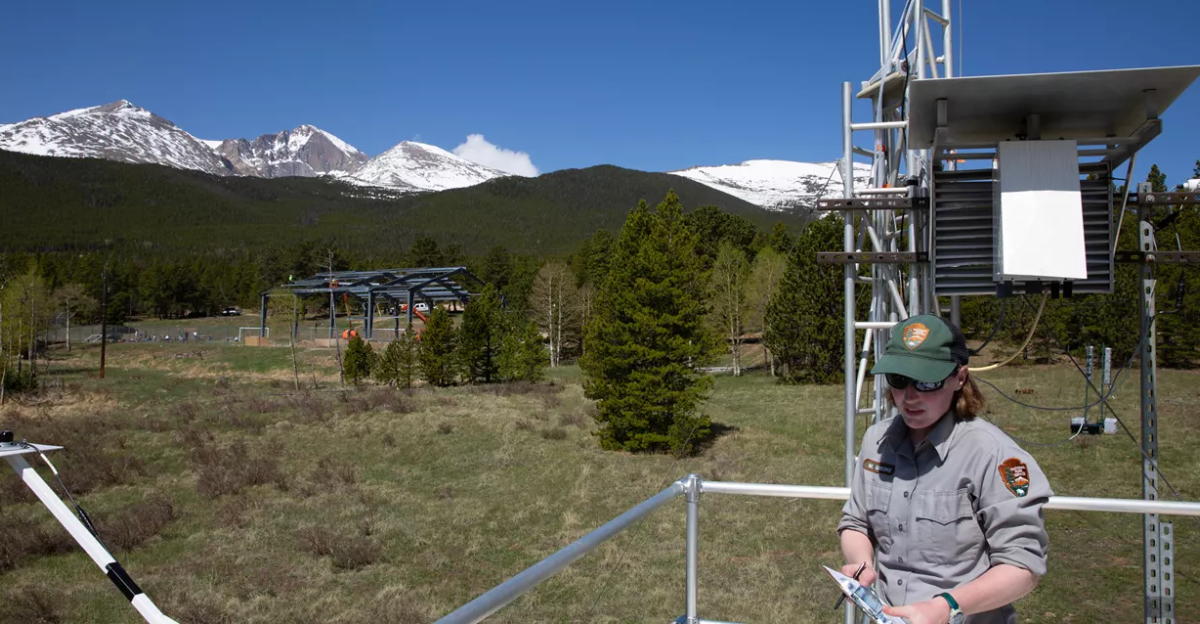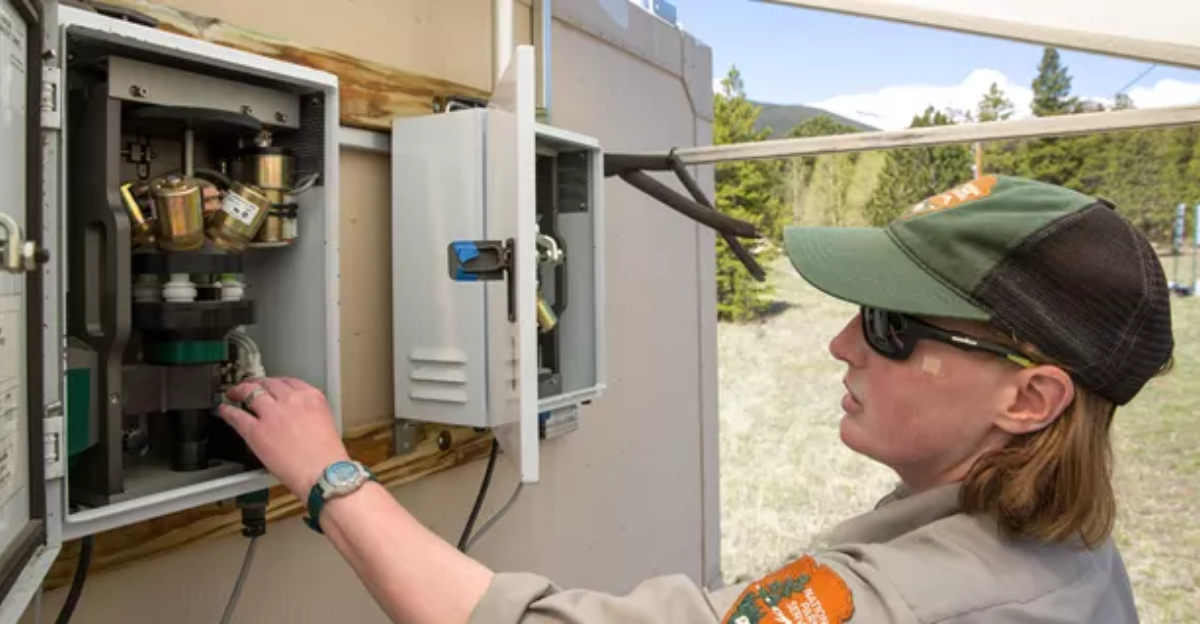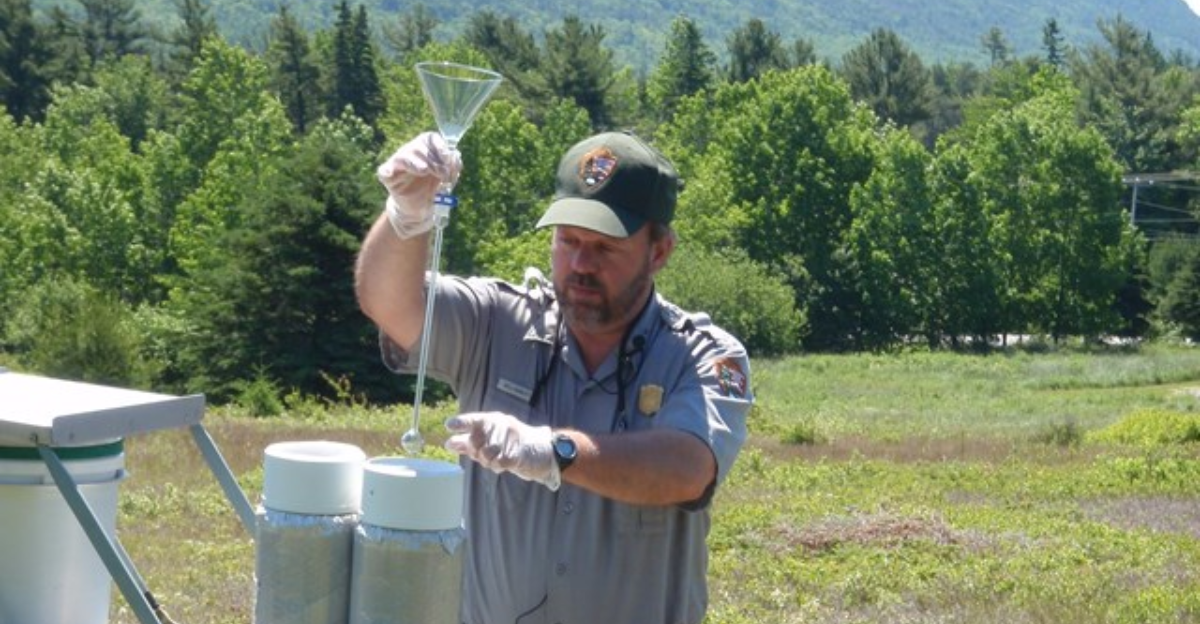
In a surprising move, the air-quality monitoring program across all 63 U.S. national parks has been removed. This program, crucial for tracking pollutants like ozone and particulate matter, was halted via stop-work orders issued to two key contractors.
The decision caught many off guard, especially as the summer season approaches, bringing increased park visitation. Without active monitoring, both park officials and visitors lack real-time data on air quality, potentially impacting health and safety.
Critics argue that this suspension undermines decades of environmental progress and transparency. The lack of data could hinder efforts to manage pollution and protect sensitive ecosystems within these treasured landscapes.
The Role of Air Monitoring in Parks

Air-quality monitoring in national parks serves multiple purposes beyond visitor safety. It provides essential data for scientific research, informs policy decisions, and helps in assessing the impact of nearby industrial activities.
For instance, data collected has been instrumental in evaluating permit applications for facilities like power plants and refineries near park boundaries. Such assessments ensure that these operations do not adversely affect the park’s air quality and visibility.
Moreover, long-term monitoring contributes to understanding trends in air pollution, enabling the development of strategies to mitigate its effects on both the environment and public health.
Health Implications of Halting Monitoring

The suspension raises concerns about public health, particularly for individuals with respiratory conditions such as asthma or chronic bronchitis. Without current data, these individuals cannot make informed decisions about visiting parks during periods of poor air quality.
Air pollutants like ozone and fine particulate matter are known to exacerbate respiratory issues and can lead to serious health events, including heart attacks and strokes.
The absence of monitoring data removes a critical layer of protection, leaving vulnerable populations at increased risk during times when pollutant levels may be elevated due to factors like wildfires or industrial emissions.
Environmental Consequences

Beyond human health, the lack of air-quality monitoring hampers the ability to detect and respond to environmental stressors affecting flora and fauna. Sensitive species and ecosystems rely on clean air, and changes in air quality can have cascading effects on biodiversity.
For example, increased levels of nitrogen compounds can lead to nutrient imbalances in soils and waterways, affecting plant growth and aquatic life.
Monitoring data is essential for early detection of such issues, allowing for timely interventions to protect and preserve the delicate balance within these natural habitats.
Visibility and Visitor Experience

Air pollution doesn’t just pose health and ecological risks, it also affects the aesthetic value of national parks. Haze caused by pollutants can obscure scenic vistas, diminishing the visitor experience that many seek in these natural settings.
The Regional Haze Rule, established under the Clean Air Act, aims to improve visibility in national parks and wilderness areas. Suspending monitoring efforts undermines the ability to track progress toward these goals.
Visitors may find their expectations unmet when iconic views are shrouded in smog, potentially impacting tourism and the economic benefits it brings to surrounding communities.
Reaction from Environmental Groups

Environmental organizations have expressed strong opposition to the suspension. The Sierra Club, for instance, criticized the move as detrimental to both public health and environmental integrity, especially in light of recent years marked by severe wildfires and poor air quality.
These groups argue that continuous monitoring is vital for holding polluters accountable and for informing the public about environmental conditions.
They also highlight that such actions could erode public trust in the government’s commitment to environmental protection and transparency.
Internal Pushback and Reversal

Following public outcry and internal pressure, the National Park Service announced plans to reverse the suspension and resume air-quality monitoring. This decision underscores the importance of such programs and the influence of stakeholder advocacy.
Employees within the Park Service had reportedly urged leadership to reconsider, emphasizing the critical role of monitoring in managing park resources and ensuring visitor safety.
The swift reversal highlights the responsiveness of agencies to public and internal feedback, reinforcing the value of active civic engagement in environmental governance.
Broader Implications for Environmental Policy

This incident reflects a broader trend of regulatory rollbacks and challenges to environmental protections. The temporary suspension of air-quality monitoring in national parks is emblematic of tensions between economic interests and environmental stewardship.
Such actions can set precedents that influence policy decisions beyond the scope of the parks, potentially affecting nationwide environmental monitoring and enforcement efforts.
It raises questions about the prioritization of environmental health in policy-making and the mechanisms in place to safeguard against abrupt changes that may have far-reaching consequences.
The Importance of Continuous Monitoring

Continuous air-quality monitoring is essential for detecting emerging threats, assessing the effectiveness of pollution control measures, and guiding policy decisions. Interruptions in data collection can create gaps that hinder scientific analysis and long-term planning.
Reliable data supports not only environmental protection but also public health initiatives, economic planning, and educational programs.
Ensuring the continuity and integrity of monitoring programs is therefore critical for informed decision-making and for maintaining the health and resilience of both natural ecosystems and human communities.
Looking Ahead

The swift reversal of the suspension demonstrates the power of public engagement and the importance of vigilance in environmental matters. It serves as a reminder that transparency, accountability, and active participation are key to safeguarding environmental protections.
As we move forward, it is imperative to reinforce the infrastructure and policies that support continuous environmental monitoring.
By doing so, we can ensure that national parks remain not only symbols of natural beauty but also bastions of environmental health and scientific inquiry for generations to come.
Explore more of our trending stories and hit Follow to keep them coming to your feed!

Don’t miss out on more stories like this! Hit the Follow button at the top of this article to stay updated with the latest news. Share your thoughts in the comments—we’d love to hear from you!







